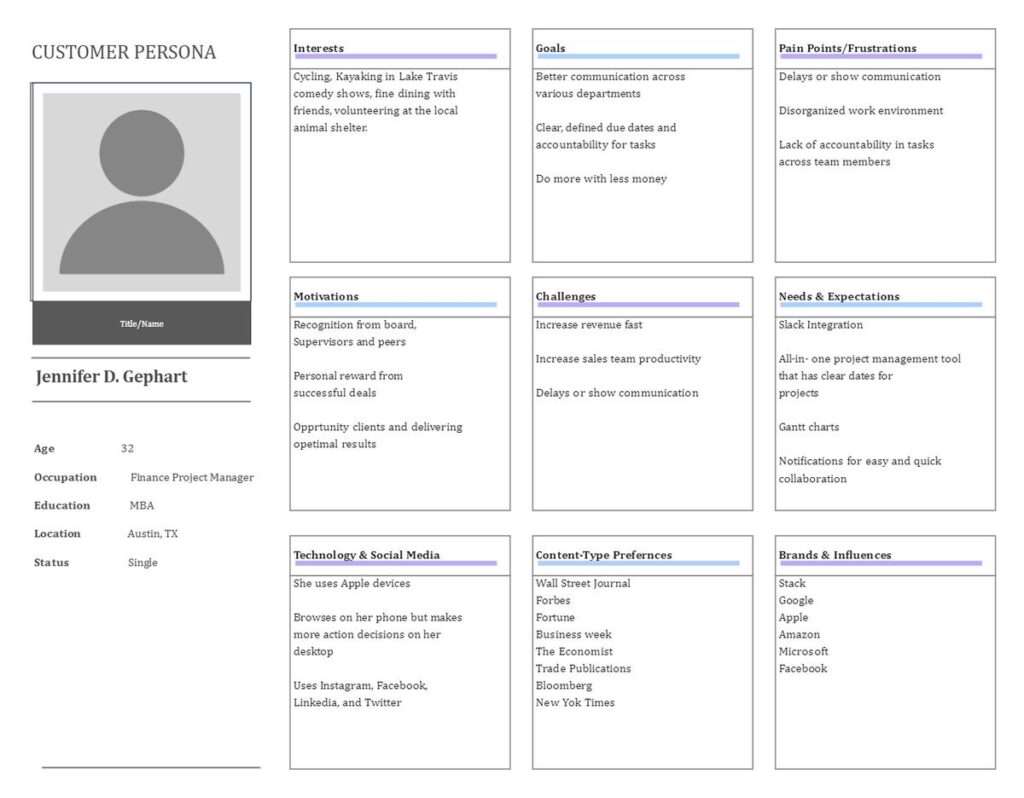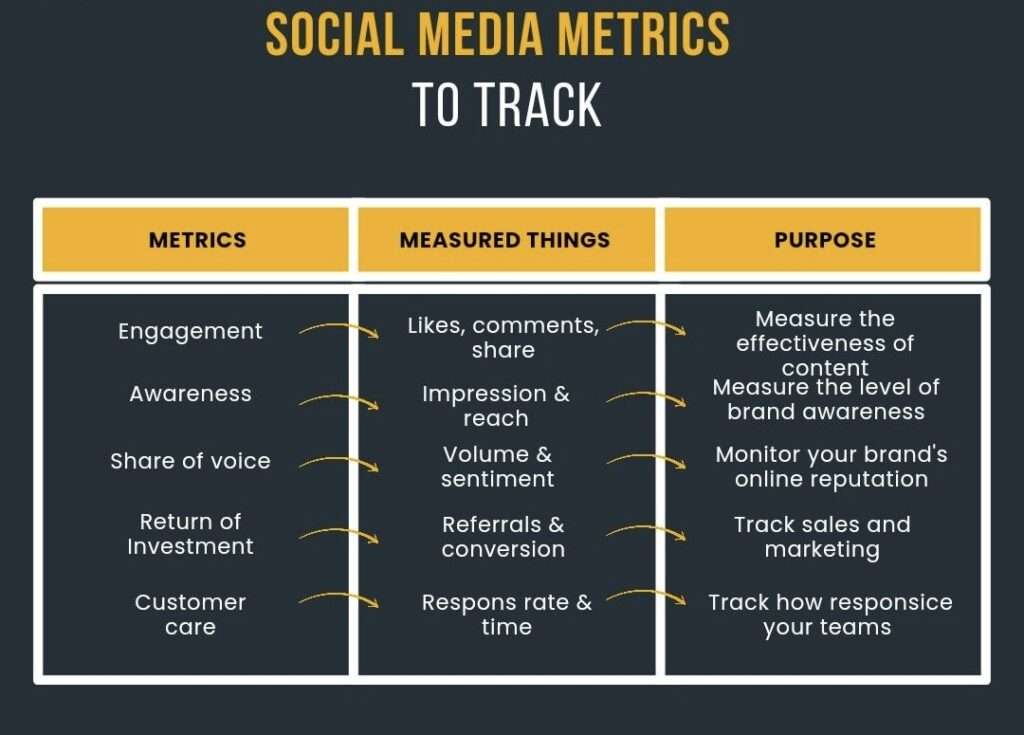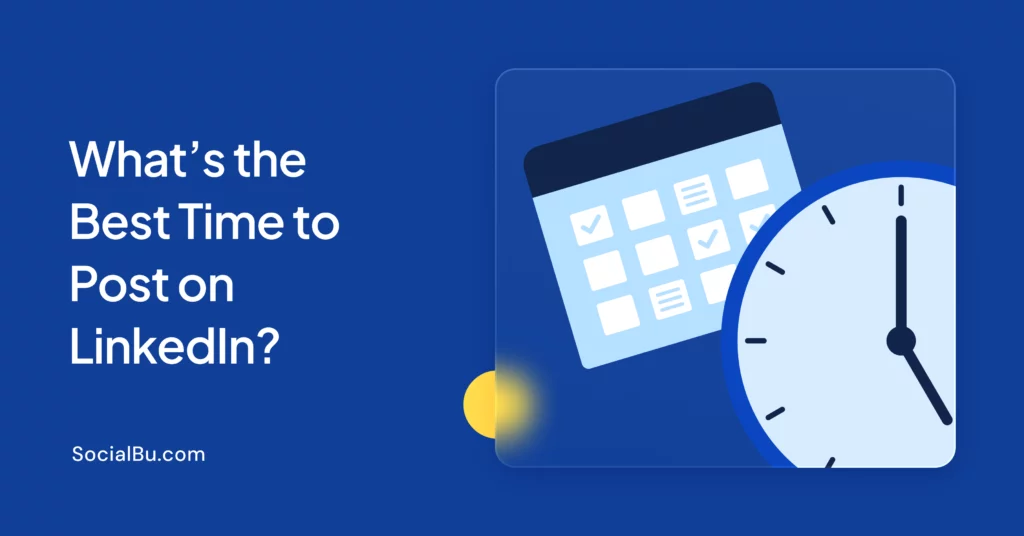Knowing your social media target audience is the cornerstone of a successful social media strategy. It’s not enough to just post content and hope for the best.
You need to understand who you’re talking to, what they care about, and where they hang out online.
By pinpointing your ideal customer, you can tailor your content, messaging, and advertising to resonate with them more deeply.
Ready to unlock the secrets to finding and targeting your perfect audience? Let’s go!
What is Social Media Target Audience?

A social media target audience consists of the specific group of people a brand intends to reach through social media efforts.
This audience is characterized by shared demographics, interests, behaviors, and other attributes that make them more likely to engage with your content, products, or services.
Identifying this audience is crucial because it allows you to craft content that speaks directly to their needs and preferences.
When you focus on a particular group, your marketing becomes more effective. Instead of trying to appeal to everyone, which dilutes your message, you can zero in on those most likely to respond positively.
This approach saves resources and increases your content’s relevance, leading to better engagement.
Audience-Specific Content and Personalized Engagement
Creating content that resonates with your social media target audience ensures your messages are relevant and engaging to those you want to reach.
When content aligns with the audience’s interests or solves their problems, it naturally encourages interaction through likes, shares, comments, or conversions.
The next step is personalized engagement. It involves interacting with your audience in a personal way tailored to their preferences.
This could be by responding to comments, sending personalized messages, or creating content that addresses their needs.
Analyzing and Segmenting Your Social Media Target Audience
To effectively reach and engage your social media target audience, it’s crucial to segment them into distinct groups based on specific characteristics.
This allows you to tailor your messaging and content to meet each segment’s needs better.

Let’s explore the key strategies for segmentation and how to create detailed audience personas:
1. Demographic Segmentation
Demographic segmentation is the most basic form of audience analysis. It involves categorizing your audience based on measurable characteristics such as age, gender, location, income level, and education.
For example, a brand selling luxury skincare products might target women aged 30-50 in urban areas who are in a higher income bracket.
This approach helps craft content that appeals to the audience’s specific life stages and financial capabilities.
2. Psychographic Segmentation
Psychographic segmentation delves deeper, focusing on your audience’s psychological attributes, such as their values, lifestyle, interests, and opinions.
This form of segmentation is particularly valuable because it addresses the “why” behind consumer behavior.
To gather psychographic data, you can look at the types of content your audience engages with, their language, and the causes they support.
Social media listening tools can also help by monitoring conversations and trends related to your industry.
For example, a fitness brand might segment its audience into health-conscious people and those more motivated by social trends.
By understanding these motivators, you can create content that resonates more personally, such as motivational posts for fitness enthusiasts or trendy workout tips for those driven by social influence.
3. Behavioral Segmentation
Behavioral segmentation classifies your audience based on their actions and interactions with your brand.
This includes purchase history, usage rate, brand loyalty, and online behavior, such as how they engage with your content.
To gather this information, you can use social media analytics tools to track likes, shares, comments, and other forms of engagement.
It is also important to understand what audience social media targets the most on each platform.
For example, an e-commerce brand might target frequent shoppers differently than those who only make occasional purchases.
Behavioral segmentation allows you to tailor your marketing strategies to different levels of engagement, such as offering exclusive discounts to loyal customers or retargeting ads to those who abandoned their shopping carts.
4. Creating Audience Personas

Once you’ve segmented your social media target audience, the next step is to create audience personas.
These personas are semi-fictional representations of your ideal customers based on your collected data.
A well-crafted persona includes information such as age, occupation, interests, challenges, and goals.
For example, a persona for a tech company might be “John, a 35-year-old software engineer who values innovation and is always on the lookout for the latest gadgets.”
Benefits of Detailed Personas
Creating detailed personas helps you understand your audience more deeply, enabling you to craft content and campaigns that speak directly to their needs.
Personas guide your content strategy, ensuring that every piece of content you produce is relevant and effective.
For example, if one of your personas frequently watches video content, you can prioritize creating content that addresses their pain points or interests.
How to Reach Your Target Audience on Social Media
After identifying and segmenting your audience, the next challenge is effectively reaching them on social media.
This involves selecting the right platforms, customizing your content, and engaging with your audience meaningfully.
1. Platform-Specific Strategies
Different social media platforms cater to different audience segments. For example, Instagram is popular among younger audiences who value visual content, while LinkedIn is more suited for professionals and B2B marketing.
Understanding where your social media target audience spends their time allows you to focus your efforts on the platforms that will yield the best results.
For example, if your target audience is primarily millennials, Instagram and TikTok might be your best bet. On the other hand, if you’re targeting business executives, LinkedIn should be your priority.
2. Content Customization
Once you’ve chosen the right platforms, the next step is to customize your content to align with your audience personas. This includes selecting the appropriate content formats (e.g., videos, infographics, articles), crafting messages that resonate with your audience’s needs and interests, and setting the right tone.
For example, a tech brand targeting young professionals might use a casual yet informative tone, while a luxury brand might opt for a more sophisticated and aspirational approach.
Utilizing Insights from Audience Analysis
Your social media target audience analysis should guide your content creation process. If your analysis reveals that your audience prefers video content, focus on producing high-quality videos that address their needs or interests.
If they engage more with educational content, consider creating detailed how-to guides or informative blog posts.
Additionally, use the insights from your analysis to determine the best times to post and the types of calls-to-action (CTAs) that will resonate most with your audience.
For example, suppose your audience persona, “John,” is a tech-savvy individual who prefers quick, digestible content.
In that case, you might create short, informative videos highlighting your product’s key features, accompanied by a direct CTA like “Learn More” or “Try Now.”
3. Engagement Tactics
Engaging your audience goes beyond just posting content; it involves creating opportunities for interaction. Interactive content, such as polls, quizzes, and live Q&A sessions, encourages your audience to participate and engage with your brand.
This type of content is particularly effective in building a sense of community around your brand, as it invites users to contribute their opinions and experiences.
Community Building
Building a community can also involve creating groups or forums where your audience can interact with each other and with your brand.
For example, a brand might create a Facebook group for its most loyal customers, offering them exclusive content and early access to new products.
This fosters a sense of belonging and encourages ongoing engagement.
Personalized Communication
Personalized communication is key to maintaining a strong connection with your audience.
This can include responding to comments, sending personalized messages, or even addressing your audience by name in communications.
The more personalized your interactions, the more valued your audience will feel, which can lead to increased loyalty and advocacy.
For example, using SocialBu, you can automate personalized responses based on user interactions, ensuring your audience feels heard and valued even as your follower count grows.
This tool can also help you manage and track these interactions, making maintaining consistent and meaningful communication with your audience easier.
Continuous Interaction
Maintaining audience interest requires ongoing interaction.
Regularly posting fresh content, responding to comments, and keeping the conversation going are all essential to keeping your audience engaged.
It’s important to be consistent in your communication and to regularly check in with your audience to ensure that your content remains relevant to their needs and interests.
For example, if you notice a drop in engagement, it might be time to revisit your social media target audience analysis and adjust your strategy accordingly.
This could involve experimenting with new content formats, adjusting your posting schedule, or exploring new platforms.
Measuring and Refining Your Social Media Targeting Efforts

Measuring the effectiveness of your social media targeting efforts is essential for ensuring that your strategy is on the right track.
By tracking key performance indicators (KPIs) and continuously refining your approach based on data insights, you can optimize your social media campaigns and achieve better results over time.
1. Tracking Metrics
To assess the effectiveness of your social media target audience strategy, it’s important to track relevant KPIs.
These metrics clearly show how well your content resonates with your audience and whether your targeting efforts yield the desired outcomes. Here are some essential KPIs to monitor.
Engagement Rates
This includes likes, shares, comments, and overall interaction with your content. High engagement rates indicate that your content is resonating with your audience.
Conversion Rates
This measures how many social media interactions lead to a desired action, such as a purchase or sign-up. A high conversion rate suggests your targeting efforts effectively reach the right audience.
Click-Through Rates (CTR)
This KPI tracks the percentage of users who click on links within your social media posts. It’s a good indicator of how well your content drives traffic to your website or landing pages.
Reach and Impressions
While reach shows how many unique users have seen your content, impressions indicate how many times your content was displayed. Both metrics help you understand the extent of your content’s visibility.
Audience Growth Rate
This measures how quickly your social media following is growing. A steady growth rate suggests your content attracts new followers who fit your target audience profile.
2. Continuous Improvement
Social media trends and audience behaviors constantly evolve, so your audience research should be consistent. Regularly updating your research ensures that your strategy stays relevant and continues to resonate with your target audience.
By monitoring emerging trends, shifts in audience behavior, and changes in platform algorithms, you can refine your approach and stay ahead of the curve.
Refining Your Strategy Based on Data Insights
Data-driven decision-making is key to refining your social media strategy. By analyzing the data collected from your KPIs and audience research, you can identify areas for improvement and adjust your strategy accordingly.
For example, if you notice that a particular type of content is consistently underperforming, it may be time to experiment with new formats or messaging.
On the other hand, if a specific campaign is exceeding expectations, you can allocate more resources to similar initiatives.
Examples of Brands Successfully Adapting Their Strategies
Many brands have successfully adapted their strategies by regularly refining their audience research and using data insights to guide their decisions.
For example, a fashion retailer might notice that their audience increasingly engages with video content rather than static images.
In response, they could shift their content strategy to focus more on video production, leading to higher engagement and conversion rates.
Similarly, a tech company might find that certain product features consistently generate interest among a specific demographic, prompting them to tailor their messaging to highlight those features in future campaigns.
Conclusion
Finding and targeting your social media target audience effectively is crucial for driving meaningful engagement and achieving your marketing goals.
By conducting thorough audience research, segmenting your audience, and creating detailed personas, you can craft content that resonates deeply with your audience.
Once your strategy is in place, continuously measuring and refining your efforts ensures that your targeting remains effective and aligned with your objectives.
Now that you comprehensively understand how to identify and target your social media target audience, it’s time to put these strategies into practice.
Start your audience research today, and use tools like SocialBu to streamline your process and optimize your social media marketing efforts.
FAQs
1. What target audience uses Instagram?
Instagram’s target audience primarily consists of younger demographics, with the largest user base being individuals aged 18-34. The platform is popular among millennials and Gen Z, who are attracted to its visual content and interactive features.
2. Who is your target audience?
Your target audience is the specific group most likely to be interested in your products or services. They are identified based on demographics, interests, behaviors, and needs relevant to your brand.
3. What is the target audience of the social media age?
The target audience for social media platforms typically falls within the 18-34 age range, although this can vary depending on the platform. Younger users are more active on platforms like Instagram and TikTok, while older demographics are more prevalent on Facebook and LinkedIn.
4. What are the three types of target audiences?
The three types of target audiences are demographic, psychographic, and behavioral segments. Demographic segmentation focuses on measurable traits like age and gender, psychographics on values and lifestyle, and behavioral on actions like purchasing habits.







